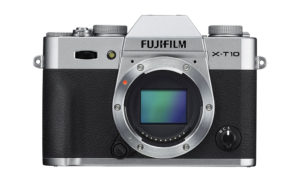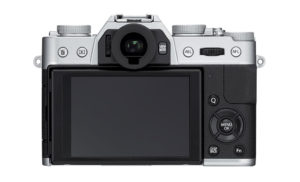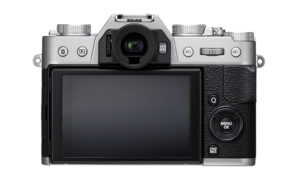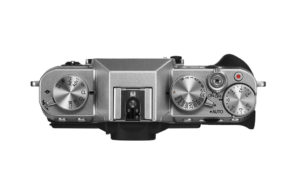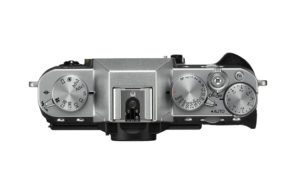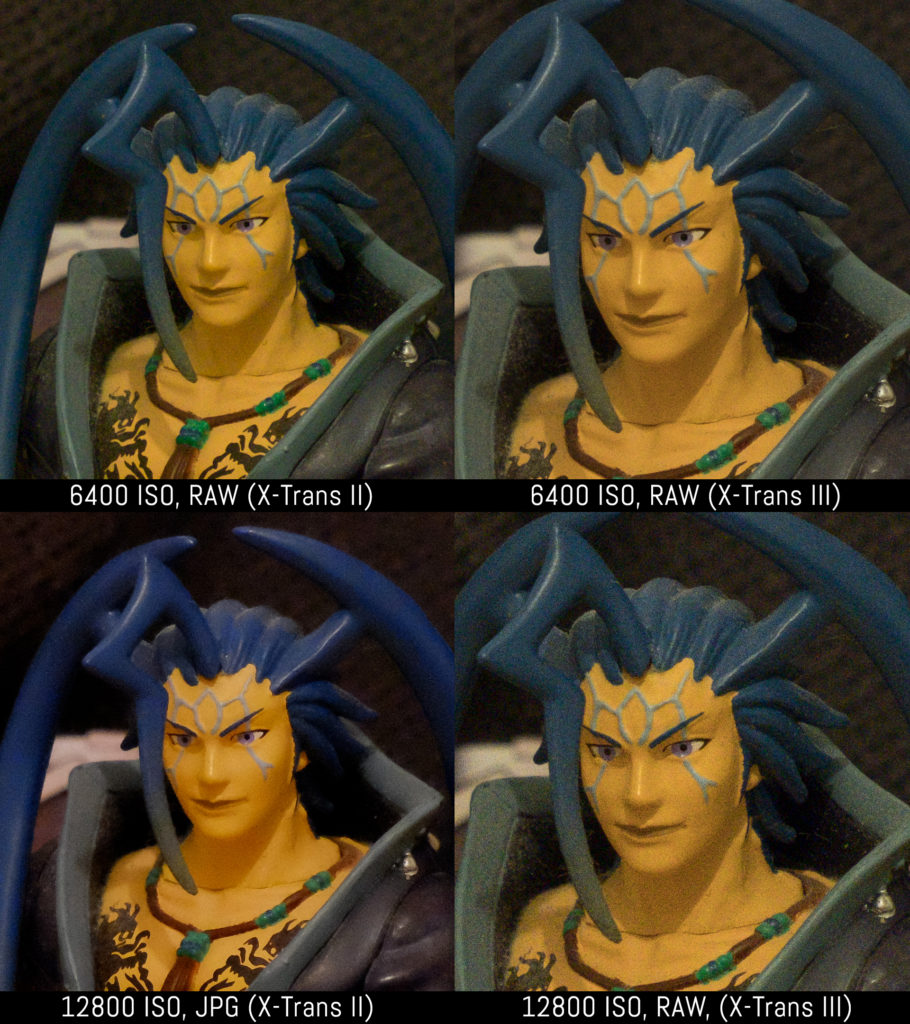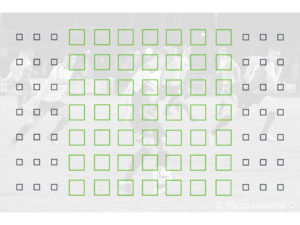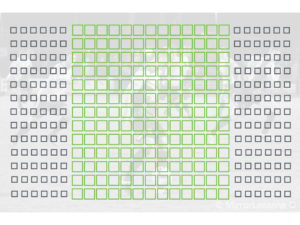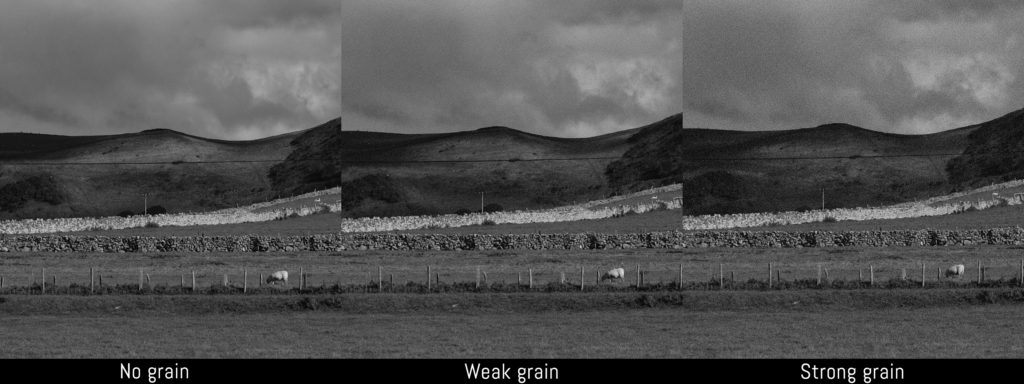Within Fujifilm’s mid-level range of mirrorless interchangeable lens cameras, there are currently two models with an SLR-like styling: the X-T10 and its successor, the X-T20.
In creating the X-T10, Fujifilm’s goal was to reproduce the unexpected success of the X-T1 by combining all the best features of the former flagship camera into a smaller, more affordable package. The same can be said about the strategy behind the current flagship, the X-T2, and its baby brother, the X-T20.
If you’re wondering how the X-T10 and X-T20 compare, you’ve come to the right place. While many things haven’t changed on the outside, such as the size and design, EVF and control layout, there are some important changes on the inside such as the new sensor and autofocus system. In this comparison preview, we’re going to take a look at all the main differences between the two models to help you figure out which one is best for your needs. Let’s get started!
Ethics statement: The information supplied in this article is based on the official specifications found on the Fujifilm website and our personal experience with X series cameras. If we get the chance to test the two cameras side-by-side, we will publish a full comparison. We were not asked to write anything about these cameras, nor were we provided any compensation of any kind. Within the article, there are affiliate links. If you decide to buy something after clicking the link, we will receive a small commission. To know more about our ethics, you can visit our full disclosure page. Thank you!
1. Sensor resolution and image processor
Editor’s note: since the sensors and image processors used on the X-T10 and X-T20 are the same as those of the X-T1 and X-T2 respectively, we included some additional thoughts and a few side-by-side images taken from our Fujifilm X-T1 vs X-T2 complete comparison. They should provide a reliable preview of how the two cameras behave when it comes to image quality. Of course, if we get the chance to use them side-by-side, we will double check our findings to see if anything has changed.
Although both cameras house an APS-C sized sensor with X-Trans technology, the X-T20 has been given the latest 24.3MP X-Trans CMOS III sensor found on the X-T2 and X-Pro2. It also has the new X-Processor Pro which is four times faster than the previous processor and reduces rolling shutter.
The X-T10 sports the same 16MP X-Trans CMOS II sensor and EXR Processor II found on the previous generation of X-series cameras like the X-T1 and X-E2/X-E2s. Though the 16MP sensor is no slouch, the improved resolution of the new sensor will not only provide better detail but also more leeway for cropping or upscaling beyond the native resolution for large prints for example.
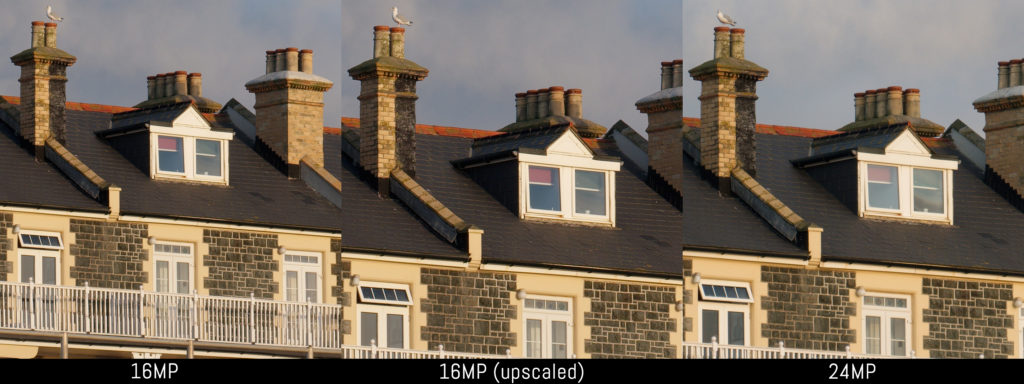
Also included on the X-T20 is a 14-bit lossless compressed RAW option that lets you to retain the high quality of the images while reducing the file size (approximately 25MB instead of 50MB). On the X-T10, you can only shoot uncompressed RAW files with an average size of 33MB. In many scenarios, you won’t be able to tell the difference between the files. Having lossless compressed is more a question of versatility, as it allows you to use smaller file sizes if you need to capture multiple images.
As for the dynamic range, you can expect slightly more highlight preservation with the 24MP sensor in comparison to the 16MP X-Trans II chip as you can see in the example below.
We’ll also be also curious to see if the X-T20 produces the same purple flare/grid artefacts as the X-T2/X-Pro2 and whether the new image processor has the same greenish tint when using manual white balance in comparison to the previous sensor.
2. ISO sensitivity
In addition to the added resolution, the X-T20 now has a native ISO sensitivity of 200 to 12800. RAW files are available at all ISO values including the extended ones (pull 100, push 25600 and 51200).
The X-T10 has a native ISO range of 200 to 6400 and the push/pull values (100, 12800, 25600 and 51200) are only available as JPG files.
Here you shouldn’t expect any major differences in terms of noise at high ISOs. Basically the new sensor/image processor handles it the same way as the previous sensor despite the increased resolution. Here again the advantage is more versatility since noise at 12800 ISO on the X-T2 and X-Pro2 is finer and more contained. I don’t see why it should be any different on the X-T20.
3. Full HD vs. 4K video
The X-T20 becomes the second X-series camera to offer 4K video capture (UHD 3840 x 2160) at 30fps and 100mbps after the flagship X-T2. You can use the film simulation modes (picture profiles) but the F-Log (flat) profile is not available through the HDMI output. The available sensitivity range goes from 200 to 12800 ISO and you have, of course, full manual control. Recording time is limited to 10 minutes. In Full HD, it goes up to 60fps with a time limit of 15 minutes.
Unlike the X-T2 that does full pixel readout with a 1.17x crop on the sensor, the X-T20 uses the entire sensor surface with line skipping.
The movie record button is now a function button and the Movie Mode can be accessed from a more evident position on the left-hand dial on the top plate. When in this mode, you can start or stop recording by pressing the shutter release button.
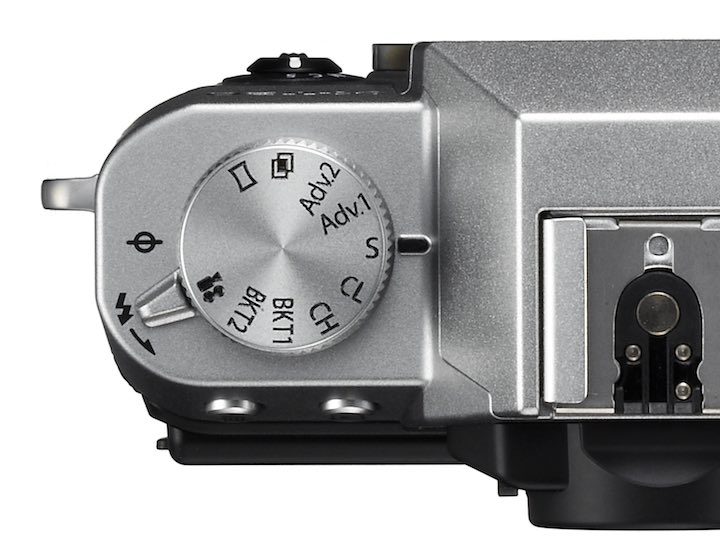
The X-T10 is capable of Full HD (1080p) video recording at up to 60fps and provides full manual control over recording. The quality is decent but will only satisfy entry-level needs as the footage can show some aliasing and moiré and isn’t as sharp as the new generation of Fuji cameras. The ISO sensitivity starts at 400 ISO and ends at 6400 ISO.
To record a movie, you must press the red movie button on the top plate. Note that individual movies cannot exceed approximately 14 minutes in length.
4. New autofocus system
The X-T10 has 49 autofocus points, 9 of which are phase detection. Depending on the mode selected, these 49 points are sub-divided into a 7×11 grid. You can select the Single Point, Zone AF and Wide/Tracking modes.
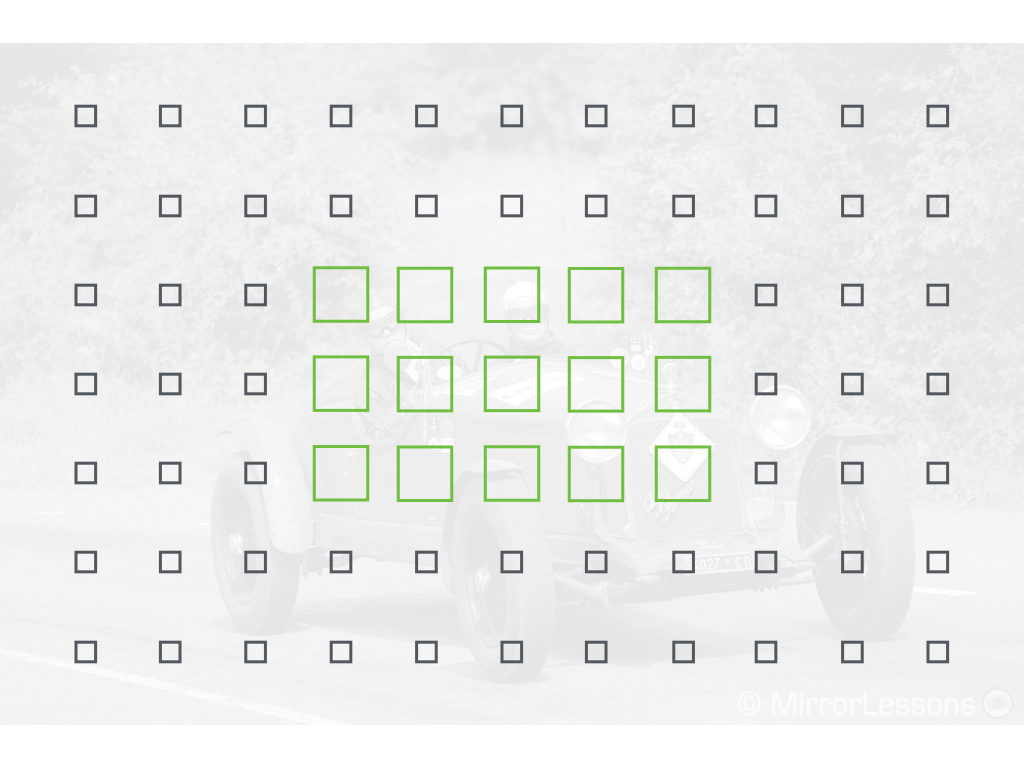
Fujifilm has increase this number to 91 points across the sensor with 49 phase detection areas on the X-T20 (7×13 grid). The points can be subdivided into a 13×25 grid (325 points in total, only available with the Single Point mode). It is once again the same AF system found on the flagship X-T2 and X-Pro2.
Going by our experience with Fujifilm’s latest flagship cameras, we can safely say that this new autofocus system is one of the most reliable you can find on a mirrorless system and managed to surprise us on multiple occasions, especially in video mode (see 4K video above).
The new camera also inherits the AF-C Custom settings, which are composed of 5 sets with different values for Tracking sensitivity, Speed tracking sensitivity and Zone Area Switching depending on the subject being photographed. However it lacks the 6th set that can be customised, so it looks like you will have to rely on the presets.
You will also find face and eye detection, AF+MF, Interlock Spot AE and Focus Area and Pre AF settings.
5. ACROS film simulation mode and grain settings
The monochrome ACROS film simulation mode first made its appearance on the X-Pro2 and later trickled down to the X-T2, X100F and X-T20. It gives slightly more contrast and a darker tone in comparison to the normal monochrome profile and has three variations (Yellow, Red and Green filter).
There is also the possibility to add a film-like grain to the various film simulation modes in two levels: Strong or Weak. Note that this only applies to the JPGs.
The X-T10 lacks the ACROS profile and the grain setting but it has all the rest of the film simulation modes. They are as follows: Provia, Velvia, Astia, Classic Chrome, PRO Neg Hi, PRO Neg. Std, Monochrome (+Ye, R or G filter) and Sepia.
6. Continuous shooting speed and buffer
When the mechanical shutter is in use, both cameras can shoot at up to 8fps. However, once you switch over to the electronic shutter, the X-T20 can shoot as fast as 11fps or 14fps like its high-end sibling, the X-T2. With the Low burst mode, you can now select a speed between 3fps and 5fps on the X-T20 (it’s 3fps only on the X-T10).
The buffer has increased considerably on the new camera as well: at 8fps, it can record 62 JPGs and 25 Lossless compressed RAW files in a single burst, which is much higher than the 8 frame capabilities of the X-T10.
Both cameras are capable of a maximum shutter speed of 1/4000 with the mechanical shutter or 1/32,000 with the electronic shutter.
7. Rear LCD monitor
While both cameras feature a 3.0-inch LCD screen that tilts 90 degrees up and 45 degrees down, that of the X-T20 is now touch sensitive. You can use it to move the autofocus point or take a shot with a single press of the screen. It can also be used to swipe through your images in playback mode to change the focus point while recording video.
The LCD monitor on the X-T10 is not touch sensitive and the resolution is slightly lower (920k vs 1040k dots)
8. Redesigned menu system
In order to improve the user experience of the latest X-series cameras, Fujifilm redesigned its menu system from the ground up. Not only are there now different icons that clearly correspond to each group of settings but you can also save all your preferred settings in a new section called My Menu.
Whether the X-T10 will receive a firmware to update the menu has yet to be seen. For now it shares the same menu structure as the X-T1, X-E2 and all the less recent Fujifilm X cameras.
9. Exposure compensation
Another advantage of the X-T20 is that it offers exposure compensation up to ±5 stops. Compensation up to ±3 stops in 1/3 steps is possible via the dedicated exposure compensation dial but with the C position selected, you gain access to those extra ±2 stops by turning the front command dial.
The X-T10 also has a dedicated exposure compensation dial but it lacks the C position and as such, only provides up to ±3 stops in 1/3 steps.
10. Price
This is a minor difference that could become more relevant in the following months. The X-T20 is listed at $899 for the body alone, which is $100 more than the X-T10. The same price difference applies to the two kit lens options (18-55mm or 16-50mm).
However, the X-T10 is now marked as discontinued in some stores, which means you might find the remaining samples at a more attractive price or on special offer in the coming weeks or months. It is also more likely that you will come across second-hand options as well.
Conclusion
The X-T20 has assumed the same role as the X-T10 when it was released in 2015, offering many of the same capabilities as the flagship camera for around $700 less. Since the new sensor, AF system and video specifications are all excellent improvements, we wouldn’t be surprised if this new camera shoots to the top of the best-seller list.
Given the difference of just $100 between predecessor and successor, we would advise any newcomer to the system to choose the X-T20. However, if you happen to find the X-T10 at a more attractive price and don’t fancy all the new features, then the X-T10 is still a valid camera whose image quality and autofocus performance are still up to the mid-range standard.
Check price of the Fujifilm X-T10 on
Amazon | Amazon UK | eBay | B&H Photo
Check price of the Fujifilm X-T20 on
Amazon | Amazon UK | eBay | B&H Photo
Second-hand Fujifilm cameras on

